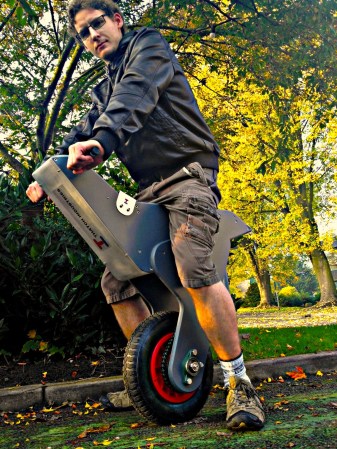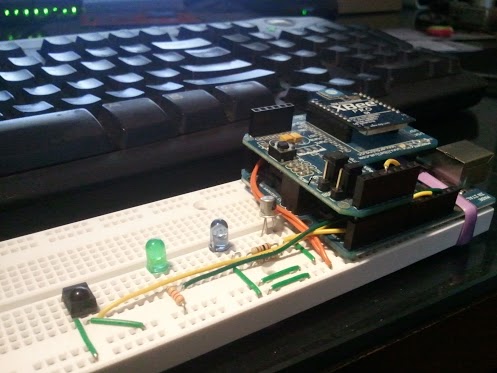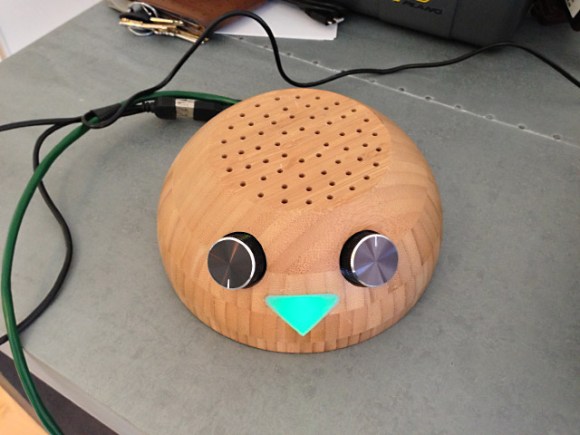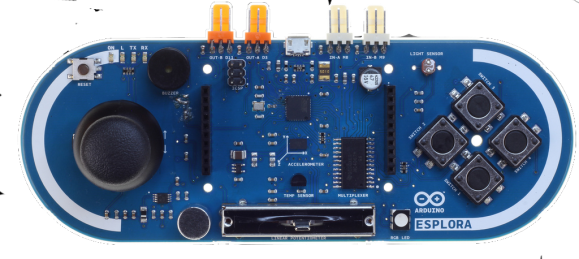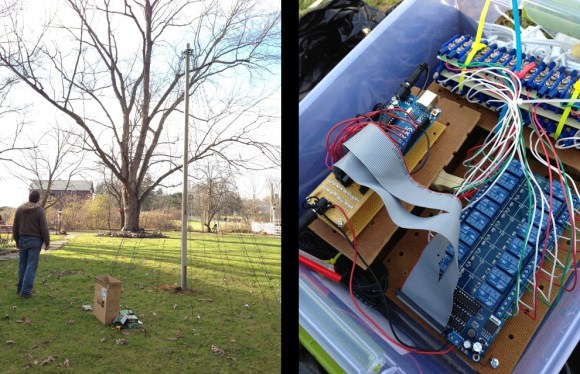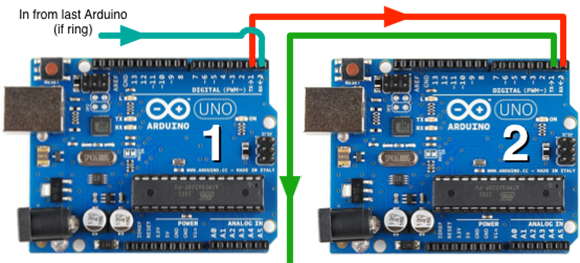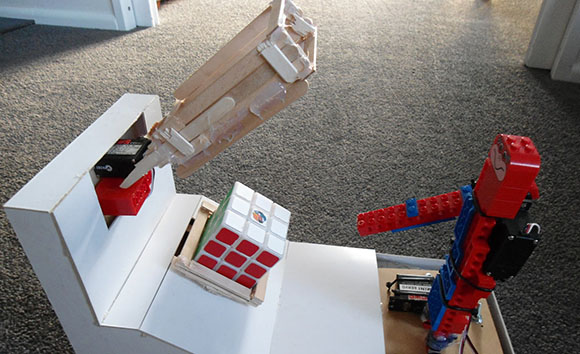
We’ve seen automated Rubick’s Cube solvers before, but never one that has garnered as many awards as [James]’ popsicle stick and LEGO Rubick’s Cube solver.\
To keep the project complexity down, [James] opted not to use a webcam to detect the color pattern on each face of the cube. Instead, he wrote a little Python app to manually enter the pattern on each face before letting his algorithm loose on the cube and calculating how to solve it.
So far, [James] has seen a huge amount of success from his project. He entered it in the New Zealand Brightsparks competition netting him $1000. This competition led to a win in the Realize the Dream science competition where he won a major prize and an entry into the International Taiwan Science Fair held early next year. An awesome accomplishment from a budding hacker, and we can’t wait to see what he comes up with next.
You can check out a video of [James]’ cube solver after the break.
Continue reading “Solving A Rubick’s Cube With LEGO And Popsicle Sticks”

